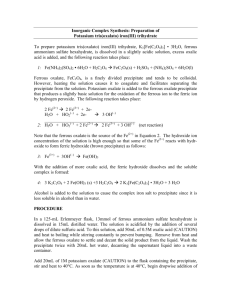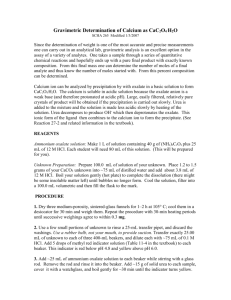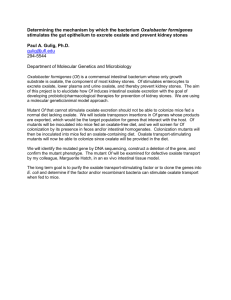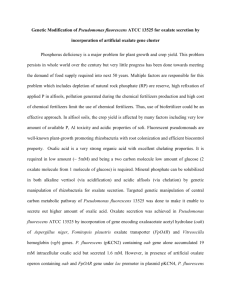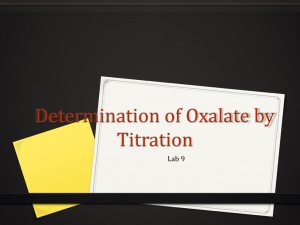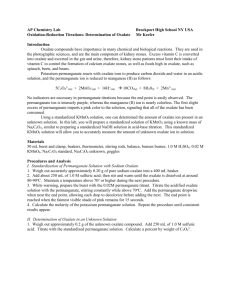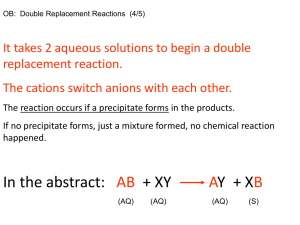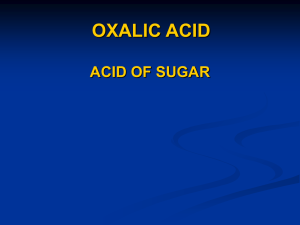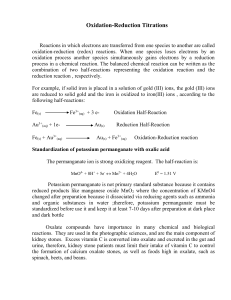Hello Sir, Reply on: Could you please clarify the method. At what
advertisement
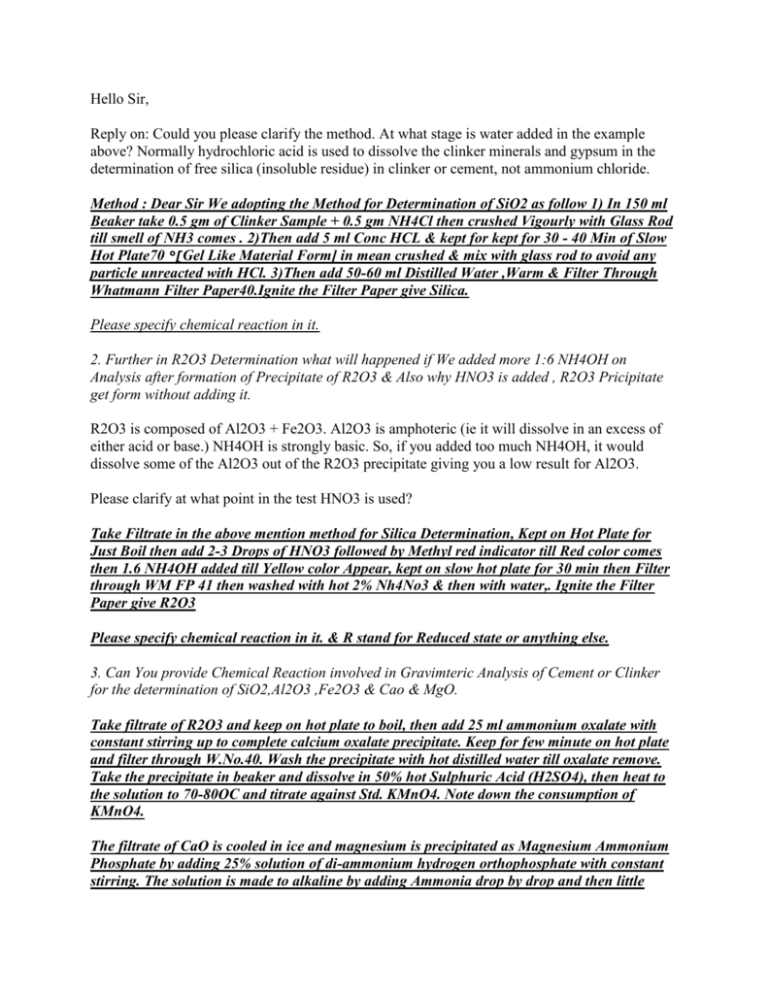
Hello Sir, Reply on: Could you please clarify the method. At what stage is water added in the example above? Normally hydrochloric acid is used to dissolve the clinker minerals and gypsum in the determination of free silica (insoluble residue) in clinker or cement, not ammonium chloride. Method : Dear Sir We adopting the Method for Determination of SiO2 as follow 1) In 150 ml Beaker take 0.5 gm of Clinker Sample + 0.5 gm NH4Cl then crushed Vigourly with Glass Rod till smell of NH3 comes . 2)Then add 5 ml Conc HCL & kept for kept for 30 - 40 Min of Slow Hot Plate70 °[Gel Like Material Form] in mean crushed & mix with glass rod to avoid any particle unreacted with HCl. 3)Then add 50-60 ml Distilled Water ,Warm & Filter Through Whatmann Filter Paper40.Ignite the Filter Paper give Silica. Please specify chemical reaction in it. 2. Further in R2O3 Determination what will happened if We added more 1:6 NH4OH on Analysis after formation of Precipitate of R2O3 & Also why HNO3 is added , R2O3 Pricipitate get form without adding it. R2O3 is composed of Al2O3 + Fe2O3. Al2O3 is amphoteric (ie it will dissolve in an excess of either acid or base.) NH4OH is strongly basic. So, if you added too much NH4OH, it would dissolve some of the Al2O3 out of the R2O3 precipitate giving you a low result for Al2O3. Please clarify at what point in the test HNO3 is used? Take Filtrate in the above mention method for Silica Determination, Kept on Hot Plate for Just Boil then add 2-3 Drops of HNO3 followed by Methyl red indicator till Red color comes then 1.6 NH4OH added till Yellow color Appear, kept on slow hot plate for 30 min then Filter through WM FP 41 then washed with hot 2% Nh4No3 & then with water,. Ignite the Filter Paper give R2O3 Please specify chemical reaction in it. & R stand for Reduced state or anything else. 3. Can You provide Chemical Reaction involved in Gravimteric Analysis of Cement or Clinker for the determination of SiO2,Al2O3 ,Fe2O3 & Cao & MgO. Take filtrate of R2O3 and keep on hot plate to boil, then add 25 ml ammonium oxalate with constant stirring up to complete calcium oxalate precipitate. Keep for few minute on hot plate and filter through W.No.40. Wash the precipitate with hot distilled water till oxalate remove. Take the precipitate in beaker and dissolve in 50% hot Sulphuric Acid (H2SO4), then heat to the solution to 70-80OC and titrate against Std. KMnO4. Note down the consumption of KMnO4. The filtrate of CaO is cooled in ice and magnesium is precipitated as Magnesium Ammonium Phosphate by adding 25% solution of di-ammonium hydrogen orthophosphate with constant stirring. The solution is made to alkaline by adding Ammonia drop by drop and then little excess. The precipitate is allowed to settle for 24 hrs, then filter through W.No.42, washed with washing agent (1:20) one part of ammonia & 20 parts of distilled water by volume and then with distilled water till free from chloride. Ignite the precipitated, cool and weigh Please specify chemical reaction in above Methods & Role of Various Chemical used in it. 4.Can You provide Chemical Reaction involved in Gravimteric & Volumetric Analysis of Cement or Clinker by Rapid Cao Method : 0.5 gm sample + 5-10 ml Conc HCL then Boil & add methyl red after that 1:6 NH4OH till Yellow Color appear then Oxalic acid added then 7% Ammonium Oxalate added & kept for digestion for 30-40 Min on Slow Hot Plate ,Filter through 41 WFP & 10-20 ml H2SO4 & Titrate against KMnO4 in Hot Condition Please specify chemical reaction in above Methods & Role of Various Chemical used in it. 5.Role of Oxalic Acid in Rapid CaO Method & Also Give Chemical Reaction involved in it Oxalic acid is added to the dissolved cement or clinker to precipitate insoluble calcium oxalate from calcium chloride by the following equation;CaCl2 + (COOH)2 ----> Ca(COO)2 + 2HCl Ammonium oxalate is added as a buffer to keep the calcium oxalate from redissolving in the digestion stage. The Calcium oxalate precipitate is filtered and redissolved in sulphuric acid and the oxalic acid which is formed is titrated with potassium permanganate. This titration is an oxidation/reduction reaction in which the intense red colour of the permanganate itself is used as the indicator e.g.;Calcium oxalate dissolves in sulphuric acid;Ca (COO) 2 + H2SO4 ------> (COOH)2 + CaSO4 Permanganate oxidises oxalic acid to CO2 and H2O while itself being reduced into potassium and manganese sulphates;5 (COOH)2 + 2 KMnO4 + 3 H2SO4 ------> K2SO4 + 2 MnSO4 + 8 H2O + 10 CO2 6.Give Chemical Reaction involved in TC & MC & also Method. Theoretical Calculus is also needed Please clarify... what is TC & MC? Total Carbonates & Magnesium Carbonates
